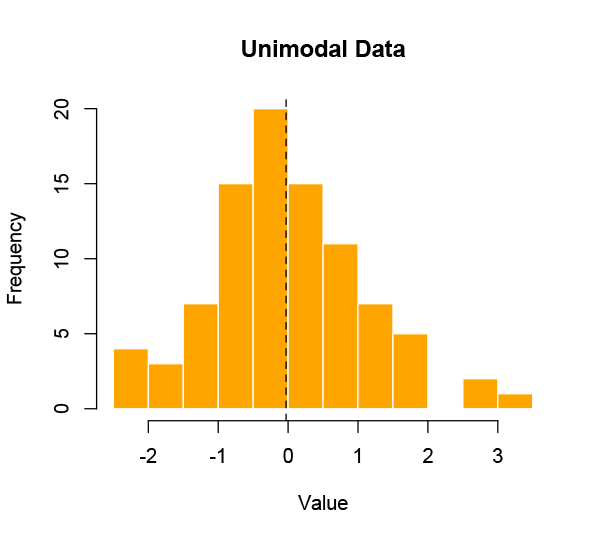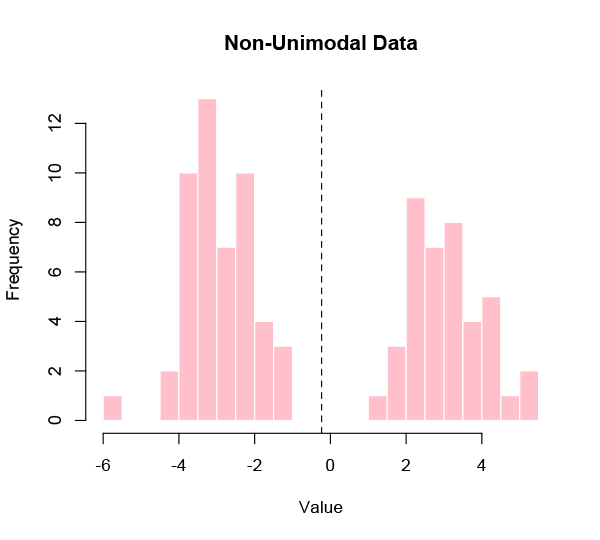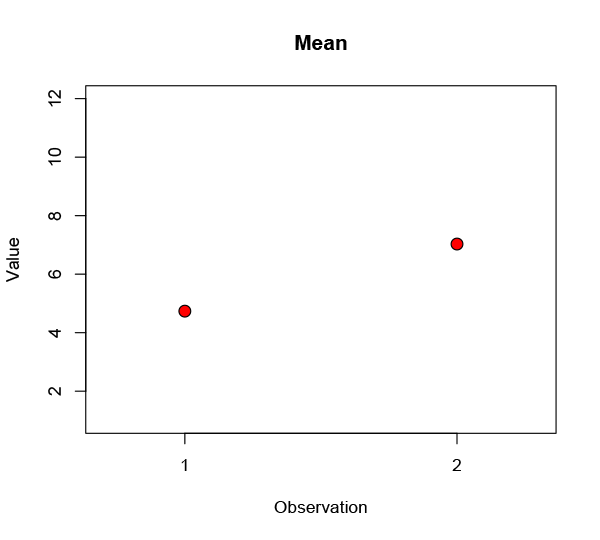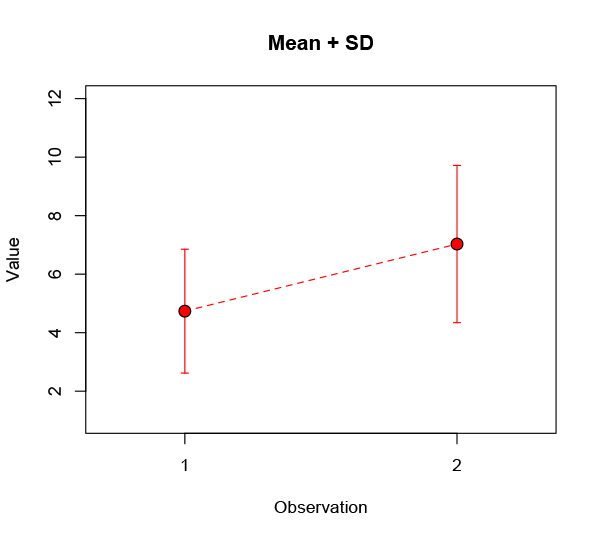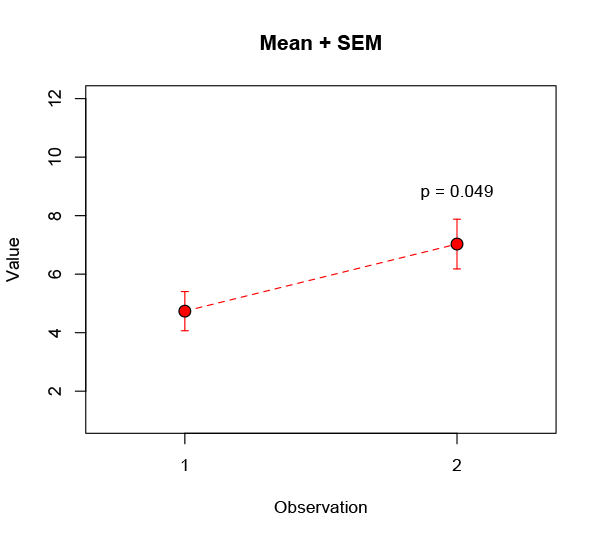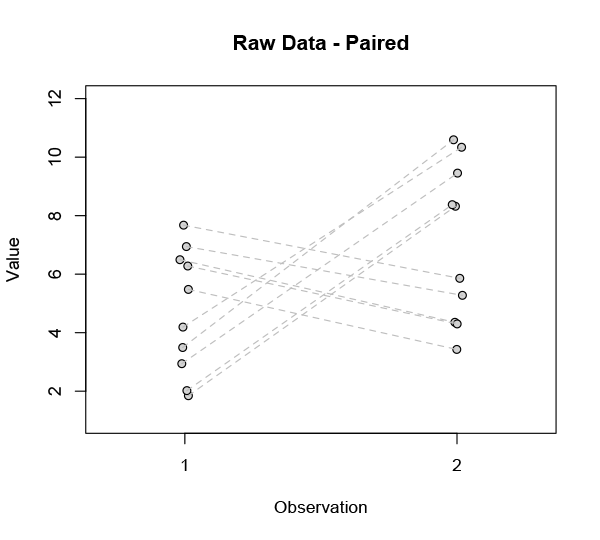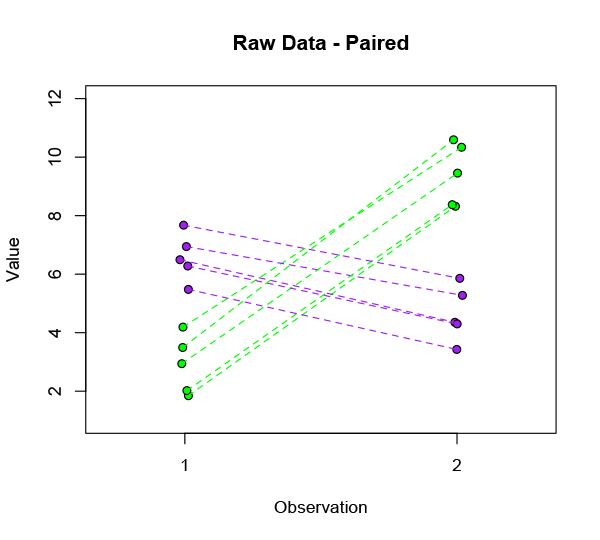It’s becoming increasingly clear that I need to get the hell off social media. That’s sort of a perverse thing to declare in a blog post, but it’s a long time since WT could be reasonably described as ‘social’, and indeed the very notion of social media has changed beyond recognition in the interim. When we talk about it now, what we really mean is Facebook and — overwhelmingly — Twitter.
Ah, Twitter. That simple little ‘microblogging platform’. Convenience conveyor of outrage morsels to the ever-ravenous masses. Who would have guessed, when it launched back in 2006, or even in 2009 when I finally capitulated and posted my first ambivalent tweet, just what it would become?
I don't believe in this, but it seems to exist despite me.
— Matthew Caldwell (@walkymatt) December 5, 2009
Perhaps everyone, at some level. Perhaps we all got exactly what we always wanted.
In any case, here we are. The perpetual emotion machine perpetually emotes. The unceasing, unstoppable global cacophony of Pavlovian bells chimes and chimes and we cringing Quasimodos grunt and drool. We tailor our perfect personal Morse code-sparking electrode and wire it into the emotional centres of our brain, delivering a stream of tiny shocks just incrementally powerful enough to maintain that sense of entrenched helpless rage, perfectly balanced on the critical edge of disgust and impotence.
Evidently, not everyone is as susceptible to this as I am. Although the general drift of politics and culture lately strongly suggests that enough people are for it to be a significant problem. Will Twitter actually be the thing that finally immanentises the eschaton? Who knows. It at least seems to be in with a chance.
I made my escape years ago, weary of the bottomless aggravation and just the sheer amount of time and emotional energy it takes to be constantly furious about things you have absolutely no influence over anyway. The release of resources was invigorating — I could read books instead of soundbites, write apps instead of peevish, unfunny one-liners.
But, of course, the respite was only temporary. As respites always are. The awful unbearable momentum of 2016, the enervating saturation of utter fucking woe, herded me back into the quagmire. That my return coincided with the depth-plumbing, barrel-scraping shitbaggery of the EU referendum was, well, no coincidence. Just one more reason to hate and despise and wish eternal unendurable agonies onto the fucking Brexiteers, the way they made it seem imperative to pay attention to their relentless malfeasance. The laughable, nauseating, tear-jerking dark heart of it. The horror. The horror.
So, back I went. And have spent the last six months in a state of diffuse despair and ambient anxiety. Unable to stop watching the dismal succession of slow-motion disasters, train wreck upon plane crash upon supertanker collision, one after another. Angry, frustrated, unable actually to concentrate or get things done because what is the fucking point anyway?
This is utterly abhorrent and has echoes from history that I find chilling. As a lawyer and as an employer I will refuse to comply with it. pic.twitter.com/iLSDQNNQdI
— pjm1kbw (@pjm1kbw) October 5, 2016
Just read another tweet, another live blog, another poisonous troll comment crowing about the dismantling of modernity. Another headline, another traducement, another barefaced opportunistic lie that frogmarches the famous tolerant open democracy we’re always so proud of towards fascism.
Tory pilfering of UKIP's greatest hits continues; UKIP's meltdown not so surprising in the circs pic.twitter.com/GxBv77vnGf
— gabyhinsliff (@gabyhinsliff) October 5, 2016
England Prevails.
https://twitter.com/damiengwalter/status/783598265509957632
It gets worse. It gets worse. It just keeps getting worse, and there seems absolutely no prospect of that trend abating. (Yeah, Hillary will probably win in the US, but it’s already too late to stop that country’s political discourse getting dragged into the sewer too. Lap it up, cucks!)
So, time to back the fuck off. Step away from the firehose. Ignorance is bliss. This unremitting angst is purposeless, ineffective. Forget it and do something else instead. Maybe there is nothing I can achieve with the rescued time that has any merit either — what does, objectively? — but I hope it’ll at least be more fun.
